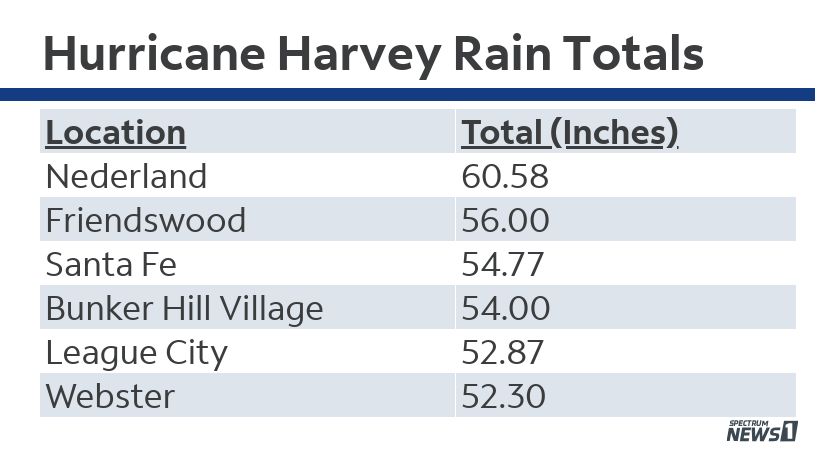On Aug. 25, 2017, one of the strongest hurricanes to hit Texas made a late-night landfall on San Jose Island. It is a name that will be remembered for decades: Hurricane Harvey. It was the eighth named storm of the season.
Harvey was the first major hurricane to hit the middle Texas coast in more than 40 years. Previously, Category 3 Hurricane Celia was the strongest, making landfall on Aug. 3, 1970.
Hurricane Harvey exploded from a tropical storm to a major hurricane in just 40 hours. The short lead time and the uncertain forecast intensity were a few reasons why the coastal communities were not prepared.
Harvey made landfall on the night of Aug. 24, but it meandered around southeast Texas for several days before looping back over the Gulf of Mexico, making landfall in Louisiana on Aug. 29.
Over this four-day period, Harvey dumped catastrophic rain amounts, leading to the worst flooding in Texas history.

Harvey goes down in the record books as the largest rain event in U.S. history, with the heaviest amounts reported in Houston and Galveston. It also was the second costliest hurricane behind Hurricane Katrina, based on the latest Consumer Price Index adjusted cost. Damage costs added up to $125 billion at the time the event took place.
Unfortunately, 103 people died, and tens of thousands were rescued from floodwaters.
The World Meteorological Organization retired the name Harvey from its rotating lists in April 2018 due to the extensive damage and loss of life it caused.
Our team of meteorologists dives deep into the science of weather and breaks down timely weather data and information. To view more weather and climate stories, check out our weather blogs section.



